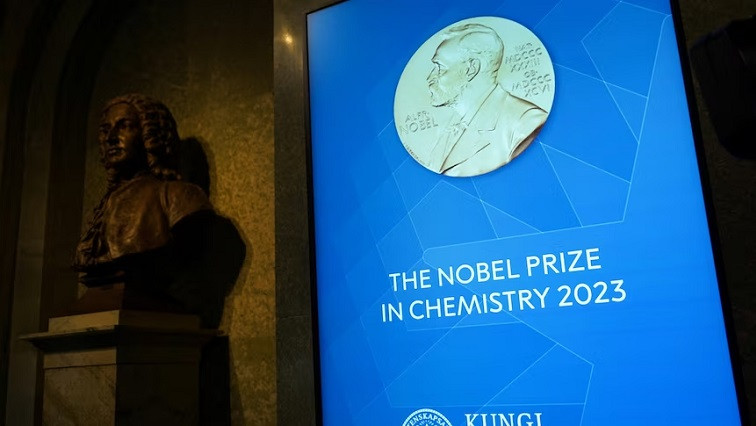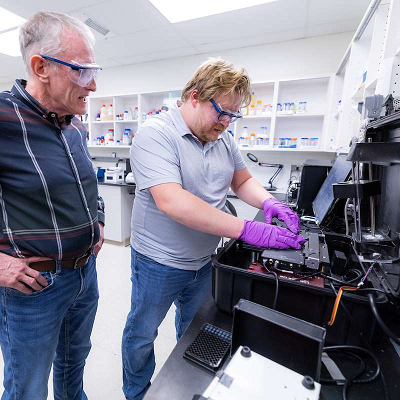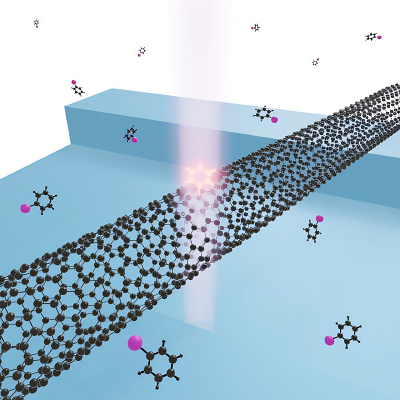Imagine a nanocrystal so minuscule that it behaves like an atom. Moungi G. Bawendi, Louis E. Brus and Alexei I. Ekimov have been awarded the 2023 Nobel Prize in Chemistry for discovering a category of such minute marvels, now known as “quantum dots,” and for developing a precise method of synthesizing them. Quantum dots are already playing important roles in electronics and in biomedicine, such as in drug delivery, imaging and medical diagnoses, and have more promising applications in the future, the Nobel Committee said.
Quantum dots, sometimes called artificial atoms, are precise nanocrystals made of silicon and other semiconductor materials that are just a few nanometers wide — small enough to exhibit quantum properties just as individual atoms do, although they are a hundred or few thousand atoms in size. Because electrons can be trapped at certain energy levels within them, the nanocrystals can emit only certain wavelengths of light. By controlling the size of the particles, researchers can program precisely what color the quantum dots will flash when stimulated.
On stage at the Nobel Prize announcement this morning, Johan Åqvist, chair of the Nobel Committee for Chemistry, displayed a series of five flasks, each containing liquid glowing a different color. The fluids held liquid solutions of quantum dots only a few millionths of a millimeter in size. At this tiny size, “quantum mechanics starts to play all kinds of tricks,” Åqvist said.
Quantum mechanics predicts that if you take an electron and squeeze it into a small space, the electron’s wave function gets compressed, explained Heiner Linke, a member of the Nobel Committee for Chemistry and a professor of nanophysics. The smaller you make the space, the larger the energy of the electron, which means it can give more energy to a photon. In essence, a quantum dot’s size determines what color it shines. The smallest particles shine blue, while the larger ones shine yellow and red.
In the 1980s, Ekimov first observed this color effect for copper chloride particles immersed in a glass, and a few years later Louis Brus observed it for nanoparticles floating in a liquid solution.
The potential optoelectronic utility of such particles was not lost on technologists, but for a long time, no one thought it was possible to make such small particles reliably, Åqvist said. Bawendi, however, invented an “ingenious chemical method” for making perfect nanoparticles of precise sizes and high quality, Åqvist said.
The applications for these nanoparticles range from LED displays and solar cells to imaging in biochemistry and medicine. “These achievements represent an important milestone in nanotechnology,” Åqvist said.
Read the original article on Quanta Magazine.







